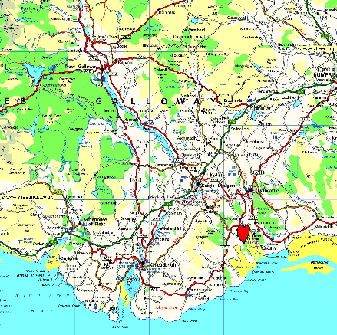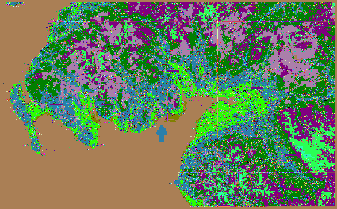The rivers are all navigable, though none of them large, serving seaports at Gatehouse of Fleet, Kirkcudbright, and Palnackie.
The port at Dalbeattie, upriver from Palnackie, is now largely disused, but loaded many shipments of granite bound for the Thames embankment.
The Urr is easternmost and the smallest of the three rivers, perhaps no more than 70 kilometers from source to the Solway Firth, into which all the Stewartry drains, thence to the Irish Sea, north of the Isle of Man.
Aside from the sea, the area is bounded by uplands, which are more passable near the coast. The whole of Galloway has a tradition of independence, having loosely allied itself at various times with Ireland, Northumbria, as well as with Scotland.

